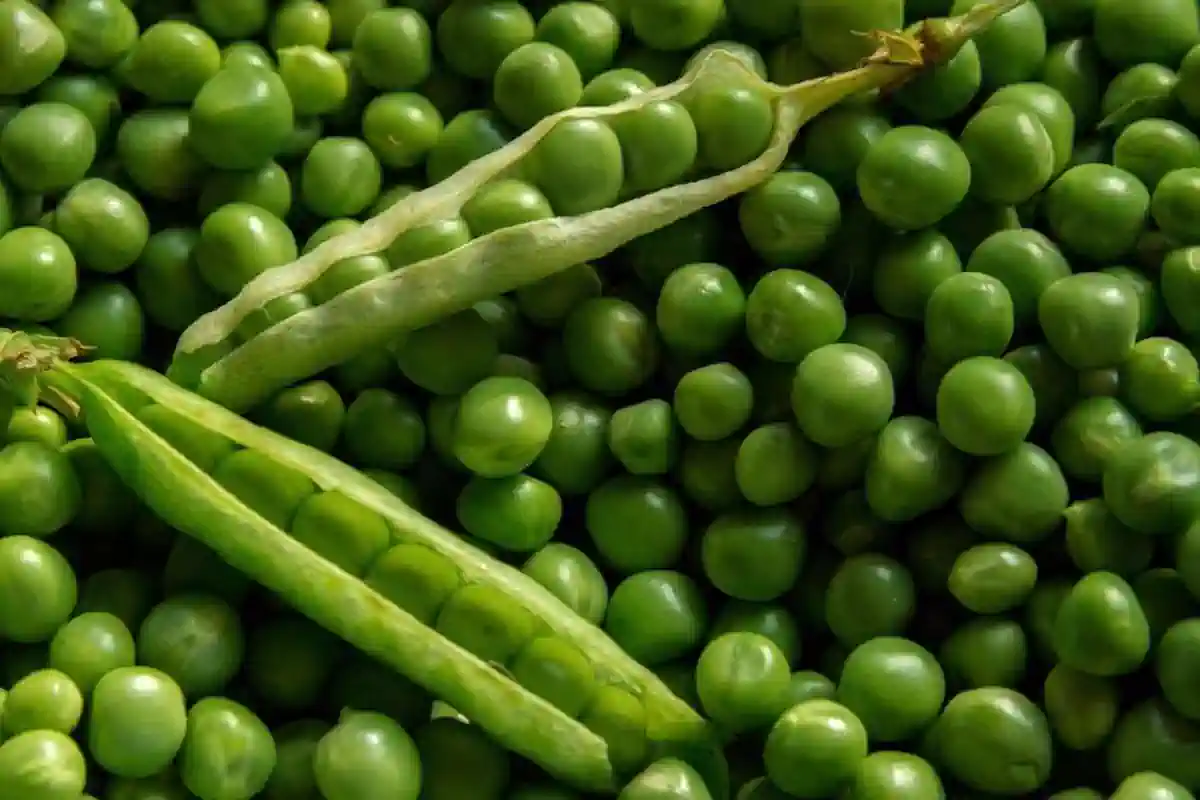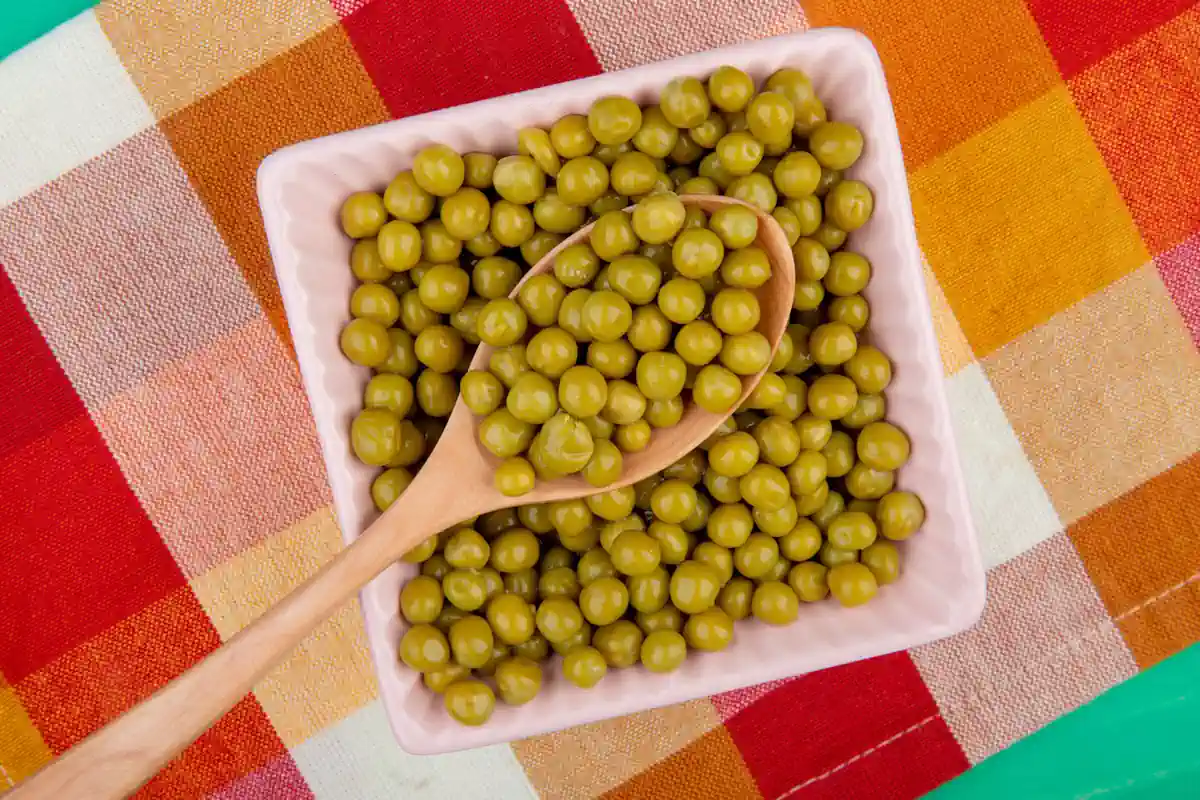Fresh peas are a natural source of vegetable protein, fibre, iron and B vitamins. They are used in stews, soups and stir-fries, but many of these preparations can cause the loss of a large part of their nutrients. However, there is a way to cook them that keeps their nutritional value almost intact and brings out their natural flavour.
Why avoid boiling or sautéing peas?
Boiling peas in plenty of water causes many of their water-soluble vitamins, such as vitamin C and folic acid, to be lost in the cooking liquid. On the other hand, sautéing over high heat can degrade antioxidants and dehydrate the peas, altering both their texture and nutritional profile.

The best way to cook peas: steaming
Steaming is the most recommended technique if you want to preserve as many nutrients, flavour and colour as possible:
Step by step:
- Wash them well under cold water and remove any pods if they are whole.
- Place them in a metal colander or steamer basket over a pot of hot water (without the water touching the peas).
- Cover the pot and cook for 4 to 6 minutes, until tender but still firm and bright green.
- Serve immediately, alone or with a drizzle of olive oil, lemon, fresh mint, or as part of a warm salad.

Benefits of steaming peas
- They retain up to 90% of their vitamin C, unlike boiled peas.
- They maintain their crunchy texture, preventing them from falling apart.
- They retain minerals such as iron, magnesium and zinc.
- They retain their natural antioxidants, such as polyphenols, which help reduce inflammation.
- They are easier to digest and do not have the typical ‘watery’ taste of boiled peas.
How can you include peas in your meals?
Once steamed, fresh peas can be added to:
- Grain or brown rice salads
- Quick stir-fries, adding them at the end
- Omelettes or scrambled eggs
- Mixed vegetable purées
- Pies or cheese fillings

